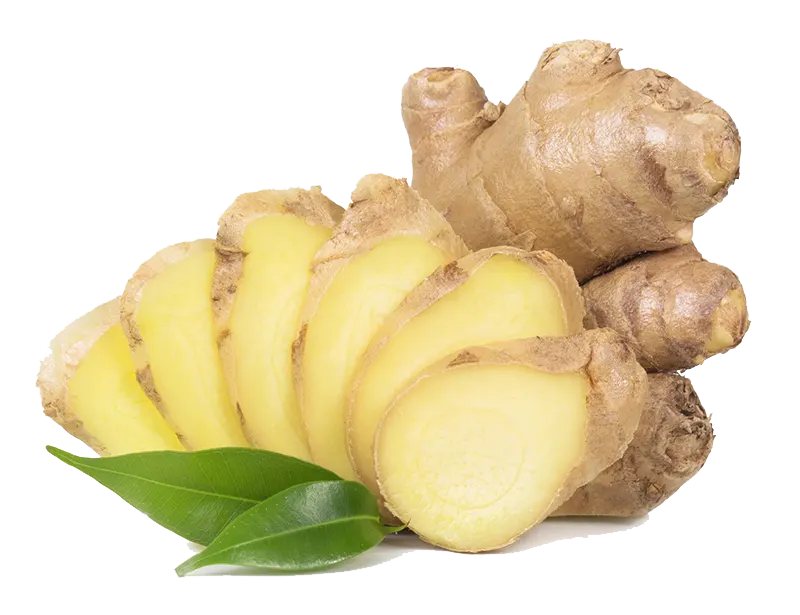Ginger is a widely cultivated and significant crop in Vietnam, valued both for its culinary and medicinal uses. The country’s warm, humid climate, particularly in the northern and central regions, is ideal for ginger cultivation, making it an important agricultural product.
Ginger is primarily grown in provinces such as Bac Kan, Thai Nguyen, and Thanh Hoa, where the fertile soil and favorable weather conditions allow for high-quality yields. The ginger produced in Vietnam is known for its strong, pungent flavor and rich aroma.
In Vietnamese cuisine, ginger is a common ingredient, used to add warmth and spice to a variety of dishes. It is often used in soups, stir-fries, marinades, and traditional Vietnamese desserts. Ginger is also popular in beverages, such as ginger tea, which is consumed for its warming and health-promoting properties.
Ginger has a long history in traditional medicine, where it is used to treat digestive issues, nausea, colds, and flu. Its anti-inflammatory and antioxidant properties make it a valued remedy in both traditional and modern medicine.




